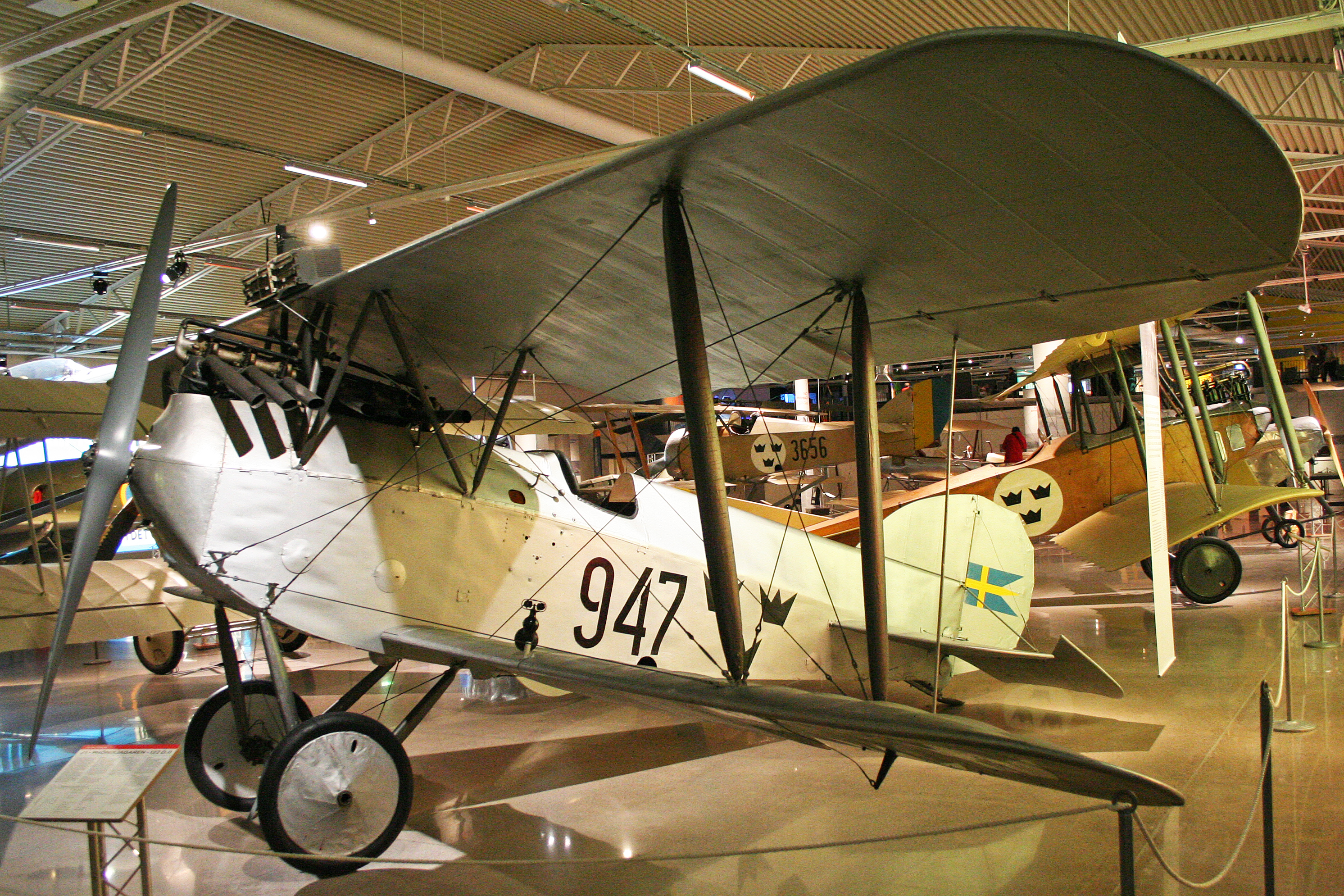Phönix D.I on:
[Wikipedia]
[Google]
[Amazon]
The Phönix D.I, with the D.II and D.III variants, was an
 Several Austro-Hungarian aces used this aircraft, among them Kurt Gruber,
Several Austro-Hungarian aces used this aircraft, among them Kurt Gruber,

Austro-Hungarian
Austria-Hungary, often referred to as the Austro-Hungarian Empire,, the Dual Monarchy, or Austria, was a constitutional monarchy and great power in Central Europe between 1867 and 1918. It was formed with the Austro-Hungarian Compromise of ...
First World War biplane
A biplane is a fixed-wing aircraft with two main wings stacked one above the other. The first powered, controlled aeroplane to fly, the Wright Flyer, used a biplane wing arrangement, as did many aircraft in the early years of aviation. While ...
fighter built by the Phönix Flugzeug-Werke and based on the Hansa-Brandenburg D.I.
Development
The Phönix D.I was the second design developed by the Phönix Flugzeug-Werke based on Hansa-Brandenburg D.I design which it has produced under licence. The D.I was a single-seat biplane fighter with improvements over the original Hansa-Brandenburg design which included more efficient wings, a more powerful engine and structural improvements. A prototype was first flown in 1917 and proved to be fast but difficult to handle but because of the urgent need for fighters the D.I entered production. To improve the problems a modified variant, the D.II was introduced with balanced elevators and balanced ailerons on the upper wings. A further development was the D.III which had balanced ailerons on both wings and a more powerful Hiero 6 in-line engine. The last of 158 aircraft of all three types was delivered on 4 November 1918.Operational service
Army D.I's entered service in December 1917. It was used as an escort fighter by Fliks 4/D, 15/D, 17/D, 48/D, 54/D and 66/D. (D-Fliks were small general-purpose units, capable of short-range reconnaissance, bombing, defense and artillery-spotting duties, consisting of 4-5 aircraft, both single-seat fighters and twin-seat observation/light bomber types.) It was used as a fighter in Fliks 14/J, 30/J, 60/J, 61/J and 63/J. (J-Fliks - J for "Jagd", i.e. Hunting - were fighter units, having an official complement of 18 aircraft, something that very few had in practice.) It was favorably received by pilots, not least by those that were used to flying twin-seaters who found it stable, robust and easy to fly. One complaint however, was that the D.I was "almost too stable for quick combat maneuvers". Some were equipped with cameras and thus converted to dedicated reconnaissance machines. Several Austro-Hungarian aces used this aircraft, among them Kurt Gruber,
Several Austro-Hungarian aces used this aircraft, among them Kurt Gruber, Roman Schmidt
Roman Oto Kažimir Schmidt or Roman Šmidt (1893-1959) was a World War I flying ace of the Austro-Hungarian Aviation Troops (air force), credited with six aerial victories.
Biography Early life and artillery service
Roman Schmidt was born on 1 Nov ...
, Karl Teichmann
''Feldwebel'' Karl Teichmann (1897–1927) was a Austro-Hungarian World War I flying ace credited with five aerial victories. His path to aerial victories began in 1915, when he joined the Austro-Hungarian infantry. His prewar training as an aut ...
, Godwin Brumowski, Benno Fiala Ritter von Fernbrugg
Hauptmann (Captain) Benno Fiala Ritter von Fernbrugg (16 June 1890 – 29 October 1964) was an Austro-Hungarian fighter ace with 28 victories to his credit during World War I. He was the third ranking ace of the Austro-Hungarian Empire. His honour ...
, Franz Gräser, Karl Nikitsch
Hauptmann Karl Nikitsch (17 January 1885—7 September 1927) was a professional soldier who served, in succession, the Austro-Hungarian Empire and the First Austrian Republic. His First World War service in the Austro-Hungarian Imperial and R ...
, Frank Linke-Crawford and József Kiss
Lieutenant József Kiss de Elemér et Ittebe was a World War I flying ace for the Austro-Hungarian Empire. He was credited with 19 aerial victories. He was the most successful Hungarian ace in the war.
Biography
Born 26 January 1896, Kiss's fa ...
- who was killed while flying a D.II on May 24, 1918.
Variants
''Data from'' Austro-Hungarian Army Aircraft of World War One ;20.15: prototype for D.I ;20.16: prototype for D.I ;20.18: prototype for D.II ;D.I :(series ''128'', ''228'', ''328'') Initial production variant with a 200hp (149kW) Hiero inline engine. ;D.II :(series ''122'', ''222'', ''322'') Improved variant with balanced elevators and balanced ailerons on the upper wings. ;D.IIa: :(series ''422'') Powered by a Hiero 6 ;D.III :(series ''222.100'') Improved variant with balanced ailerons on both wings and powered by a Hiero 6 in-line engine. ;J.1: Swedish Air Force designation for the D.III fighters purchased in 1920.
Operators
; * KuKLFT *Austro-Hungarian Navy
The Austro-Hungarian Navy or Imperial and Royal War Navy (german: kaiserliche und königliche Kriegsmarine, in short ''k.u.k. Kriegsmarine'', hu, Császári és Királyi Haditengerészet) was the naval force of Austria-Hungary. Ships of the A ...
;
*Swedish Air Force
The Swedish Air Force ( sv, Svenska flygvapnet or just ) is the air force branch of the Swedish Armed Forces.
History
The Swedish Air Force was created on 1 July, 1926 when the aircraft units of the Army and Navy were merged. Because of the es ...
- Postwar
;
*Royal Yugoslav Air Force
The Royal Yugoslav Air Force ( sh-Latn, Jugoslovensko kraljevsko ratno vazduhoplovstvo, JKRV; sh-Cyrl, Југословенско краљевско ратно ваздухопловство, ЈКРВ; ( sl, Jugoslovansko kraljevo vojno letalstv ...
- Postwar.
Specifications (D.1)
References
Further reading
* *External links
* http://srpskaenciklopedija.org/index.php?title=%D0%A4%D0%B5%D0%BD%D0%B8%D0%BA%D1%81_D Phönix D (Феникс D) * http://www.vazduhoplovnetradicijesrbije.rs/index.php/istorija/308-phonix-d Phоnix D {{DEFAULTSORT:Phonix D.I 1910s Austro-Hungarian fighter aircraft D01 Single-engined tractor aircraft Biplanes Aircraft first flown in 1917